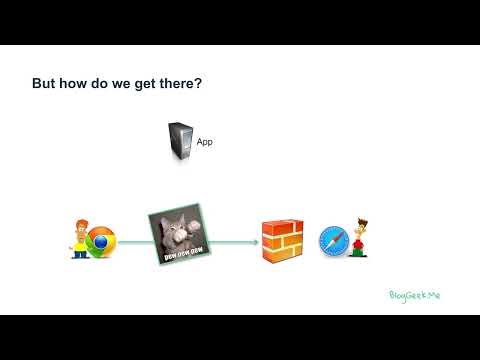NAT stands for Network Address Translation.
NAT is a technology that is embedded into network routing devices such as home DSL boxes, firewalls, switches and routers.
A NAT is usually placed between a private network (LAN – Local Area Network) and the public network (The Internet).
Due to the lack of IP address space and the need to keep a private network’s architecture unknown to external users, NATs are used. These translate internal private IP addresses to external public IP addresses.
Incoming traffic into the private network is routed through a public address binding that occurs on the NAT device. This binding is created when an internal machine with a private IP address tries to access a public IP address (through the NAT).
Not all NAT devices are created equal – they behave differently to traffic coming to private addresses from different external addresses than the original one.
VoIP (and WebRTC) need to be able to pass media between two peers that might both be behind NAT devices. It also requires external packets to be able to pass to the internal network. This requires mechanisms known as NAT Traversal to be used.
In WebRTC, the selected mechanisms are STUN, TURN and ICE.




